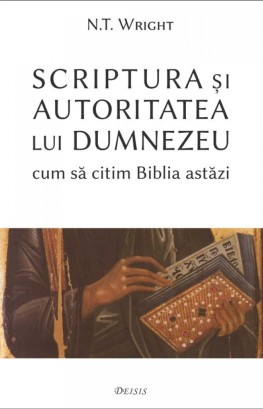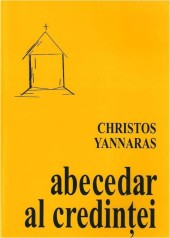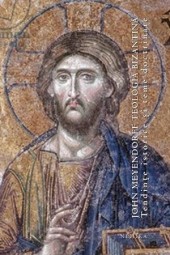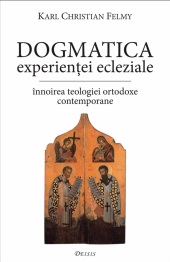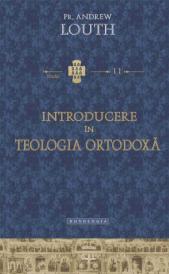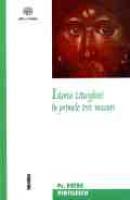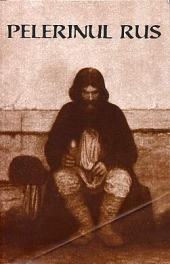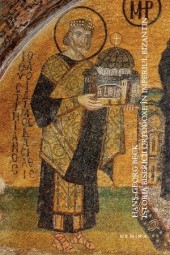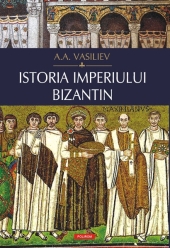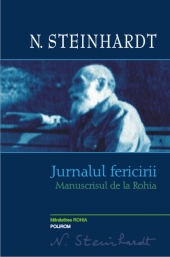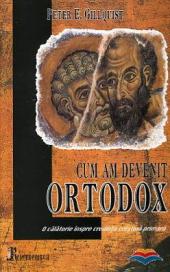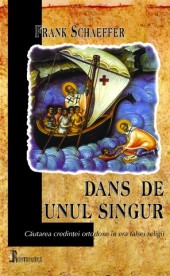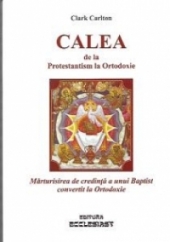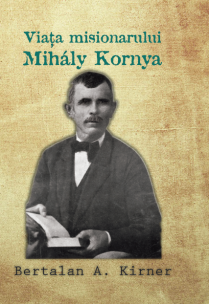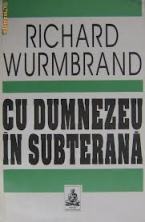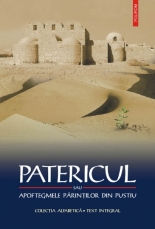Jean Calvin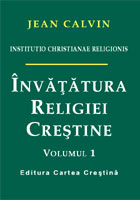
1. Jean Calvin – Învățătura religiei creștine (traducere din engleză, opțiune explicată în introducerea semnată de dr. Iosif Țon), trad. Daniel Tomuleț și Elena Jorj, Oradea, Cartea Creștină, 2003.

2. Jean Calvin – Evanghelia după Ioan. Comentarii, trad. Ștefan Gugura, Cluj, Logos, 2011.

3. John (!?) Calvin – Creștinism biblic, trad. Dinu Moga, Oradea, Făclia, 1997. (Cartea reprezintă, potrivit site-ului editurii: O versiune abreviată şi rescrisă pentru cititorii de azi a lucrării calsice Instituţiile Religiei Creştine.)
Martin Luther

1. Martin Luther – Scrieri, vol. 1 (conține: Cele 95 de teze, Despre libertatea creștinului, Despre robia babiloniană a bisericii, Către nobilimea germană), trad. Petru Forna, Cluj, Logos, 2003.

2. Martin Luther – Scrieri, vol. 2 (conține: O predică despre căsătorie, Patimile lui Hristos, Isus S-a născut evreu, Despre faptele bune, Scrisoare către trei călugărițe, Către domnii consilieri, Îndemn la pace și Împotriva hoardelor, Dacă și soldații pot fi mântuiți), trad. Petru Forna, Cluj, Logos, 2006.

3. Martin Luther – Scrieri, vol. 3, (conține: Comentariu la Epistola către Romani, Comentarii la Epistola către Galateni, Catehismul mic, Scurte explicaţii la Catehismul mic), trad. Petru Forna, şi Iancu Moscovici, Cluj, Logos, 2013.
Despre teologia reformatorilor

1. Timothy George – Teologia reformatorilor, trad. Corneliu Simuț, Oradea, Editura Institutului Biblic Emanuel, 1998.

2. Jaroslav Pelikan – Tradiția creștină. O istorie a dezvoltării dogmei IV, Reformarea Bisericii și a dogmei (1300-1700), trad. Silvia Palade și Mihai-Silviu Chirilă, Iași, Polirom, 2006.

3. Michael Reeves – Flacăra nestinsă: Introducere în Reformă, trad. n/a, Oradea, Făclia, 2011.

4. Daniel Benga – Marii reformatori luterani și Biserica Ortodoxă. Contribuții la tipologia relațiilor luterano-ortodoxe din secolul al XVI-lea, București, Sophia, 2003.

5. Mihai Androne – Jean Calvin. Provindeța, predestinarea și estetica simbolului religios, Iași, Institutul European, 2011.
Referințe istorice

- Tim Dowley, Atlas istoric al Reformei, trad. Andreea Izabela Vesa, Oradea, Casa Cărţii, 2016.

1. Andrei Oțetea – Renașterea și Reforma, București, Ed. Științifică, 1968.
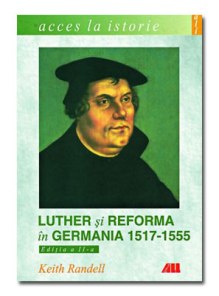
2. Keith Randell, Luther și Reforma în Germania, 1517-1555, trad. Raluca Mihail, București, All, 1998.

3. Keith Randell, Jean Calvin și Reforma târzie, trad. Simona Ceaușu, București, All, 1998.
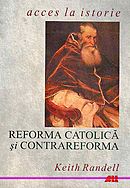
4. Keith Randell, Reforma și contrareforma catolică, trad. Raluca Mihail, București, All, 2001.

5. Lucien Febvre – Martin Luther. Un destin, trad. Maria Pavel, București, Corint, 2001.
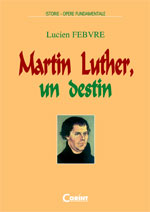
6. Erik H. Erikson – Psihanaliză și istorie. Tânărul Luther, trad. Dara Maria Străinu, București, Trei, 2001.

7. George Hancock-Ştefan – Impactul Reformei asupra românilor între 1517-1645, trad. Adrian Serecuţ, Oradea, Cartea Creştină, 2003.

8. Jim Cromarty – Cetate tare este Dumnezeul nostru. Povestea vieţii lui Martin Luther, trad. Dorin Pantea, Oradea, Făclia, 2002.

9. Michael Mullet – Luther, trad. Mirella Acsente, București, Artemis, 1994.

10. Michael Mullet – Calvin, trad. Laura Duță, București, Artemis, 2003.

11. Maria Silvia Crăciun, Protestantism și ortodoxie în Moldova secolului al XVI-lea, Cluj-Napoca, Presa Universitară Clujeană, 1996.
Luther și Reforma protestantă (un articol din „Historia” ce compilează informații din mai multe surse).
Teme conexe

1. Max Weber – Etica protestantă și spiritul capitalismului, trad. Ihor Lemnij, București, Humanitas, 2008.

2. Erich Fromm – Frica de libertate, trad. Magdalena Măringuţ, București, Universitas (imprint Teora), 1998. Consultați aici o recenzie a cărții.
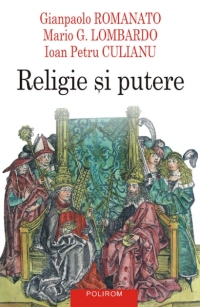
3. Ioan Petru Culianu – „Religia și creșterea puterii”, în Gianpaolo Romanato, Mario G. Lombardo, I.P. Culianu, Religie și putere, trad. Maria-Magdalena Anghelescu și Șerban Anghelescu, Iași, Polirom, 2005.



